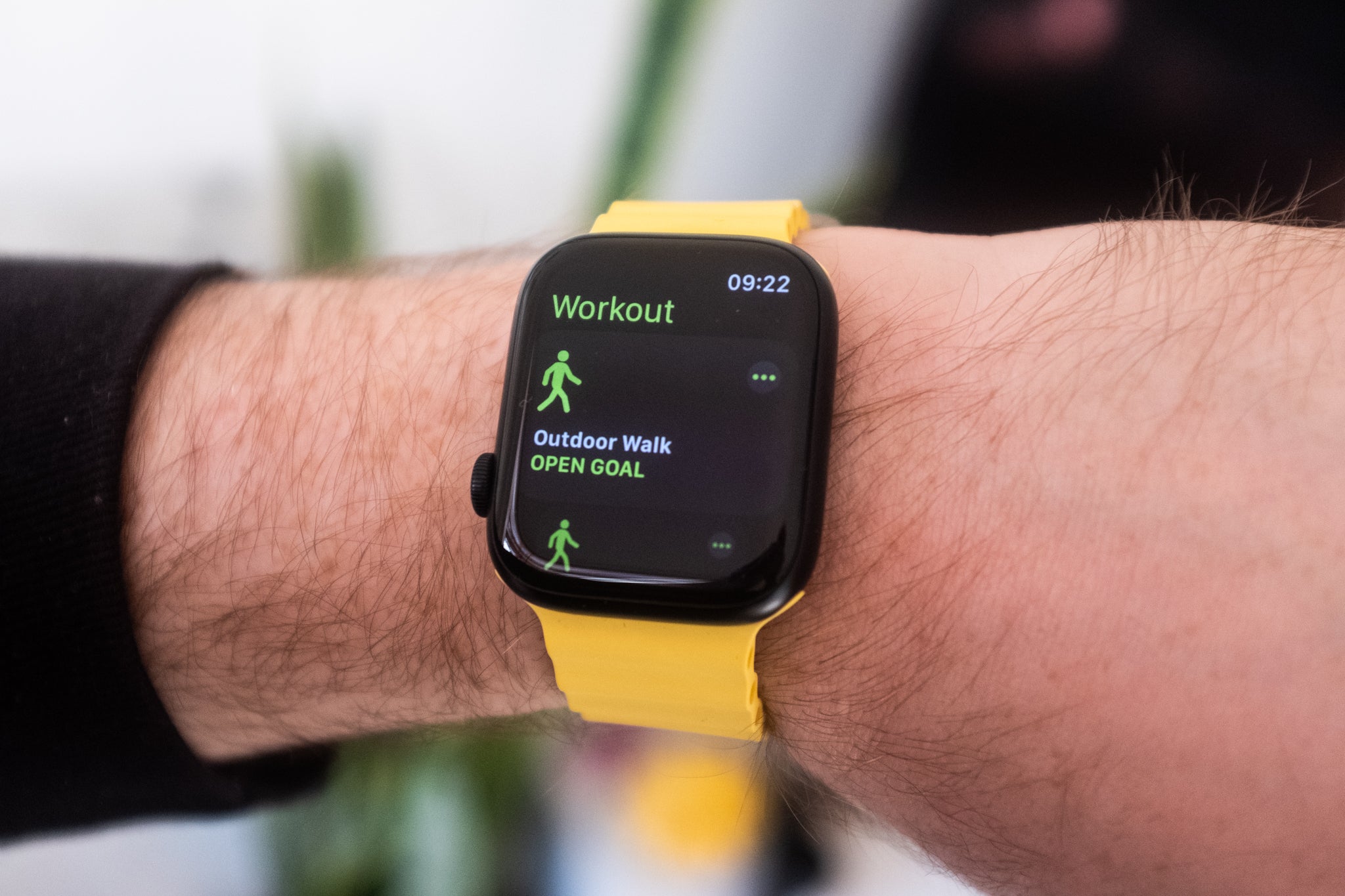Beyond the Screen: Wearable Tech and Its Influence on Fitness, Health, and Everyday Life
The Evolution of Wearable Technology
Wearable technology has come a long way since the first fitness trackers were introduced. Early devices focused primarily on step counting, but technological advances have led to the integration of numerous sensors. These sensors, including accelerometers, gyroscopes, and heart rate monitors, enable wearable devices to provide a holistic view of our activity and health.
Today's smartwatches are equipped with GPS, allowing users to accurately track their runs, hikes and cycling routes. The evolution of battery technology and power-efficient components has expanded the usability of these devices and made them more reliable and user-friendly.
Fitness Tracking: Beyond Step Counting
Modern fitness trackers go beyond basic step counting. They now track various aspects of physical activity, such as heart rate, sleep patterns and stress levels. The real-time data generated by these devices empowers users to make informed decisions about their fitness routines.
For example, heart rate monitoring provides valuable insight into cardiovascular health, allowing users to optimize their workouts. Sleep tracking helps people understand their sleep patterns, promoting better sleep hygiene. Calorie expenditure data helps in balancing energy intake and output and weight management.
Health Monitoring: The Rise of Medical Wearables
Wearable technology is increasingly entering the field of medical applications. Devices such as smartwatches equipped with electrocardiogram (ECG or EKG) sensors can monitor heart rhythms and help detect irregularities early. Continuous glucose monitoring is becoming a reality for people with diabetes, allowing them to manage their condition more efficiently.
Moreover, wearable devices play a role in preventive healthcare. They can monitor vital signs and send alerts when there are abnormalities, enabling proactive healthcare interventions. This shift towards medical wearables represents significant progress in bringing healthcare closer to individuals and promoting a more personalized approach to well-being.
Smart Clothing and Fashion Technology
Integrating technology into clothing and accessories has led to a new wave of wearables – fashion technology. Smart fabrics with sensors can monitor biometrics such as body temperature and hydration levels. Devices such as smart rings and jewelry provide discreet notifications and health tracking features.
Fashion technology isn't just about functionality; It's a seamless blend with technology. Further breaking down the barriers between technology and fashion, designers create aesthetically pleasing clothing that individuals can wear with pride.
Augmented Reality (AR) Glasses and Wearables
The future of wearables is poised to include augmented reality glasses. These devices have the potential to revolutionize the way we interact with information around us. Imagine walking down the street and getting real-time navigation tips or information about points of interest directly in your field of view.
AR wearables can transform education, allowing users to visualize complex concepts in a 3D space. In the workplace, professionals can benefit from hands-free access to information, increasing productivity and efficiency. While AR wearables are still in their early stages, they hold promise for reshaping our daily experiences.
WEARABLES IN WORKPLACE WELLNESS PROGRAMS
Wearables have found their way into workplace wellness programs, where employers are leveraging them to promote employee health and well-being. Fitness challenges, step competitions and health monitoring are integrated into these programs, fostering a culture of wellness.
These initiatives not only contribute to the physical health of employees but also have positive implications for workplace morale and productivity. However, addressing privacy concerns and ensuring that participation remains voluntary is critical to maintaining a healthy balance between personal health and professional boundaries.
Privacy and Ethical Considerations in Wearable Technology
When wearables collect and process sensitive health data, privacy and ethical considerations are critical. Manufacturers should prioritize strong security measures to protect user data from possible breaches. Transparent Policies regarding data use and sharing are essential to building and maintaining user trust.
Furthermore, ethical considerations extend to the responsible development of wearables. Manufacturers should strive to minimize bias in algorithms, ensure inclusivity in design, and consider the potential social impacts of their products. Striking the right balance between innovation and ethical responsibility is critical to the continued success of wearable technology.
The Future of Wearable Technology
Looking ahead, the future of wearable technology is full of possibilities. Artificial intelligence will play a more prominent role in wearables, providing personalized insights and recommendations based on individual health data. Advances in battery technology will lead to longer-lasting devices, reducing the need for frequent charging.
Beyond health and fitness, wearables can become more integrated into our daily lives. Imagine a world where your smartwatch not only tracks your workout but also acts as your digital wallet, home key, and communications hub—all seamlessly integrated into a stylish device.
Conclusion
Ultimately, wearable technology has outgrown its initial purpose and become a transformative force in our lives. From enhancing our fitness journeys to monitoring our health and seamlessly integrating with our daily routines, wearables have evolved into indispensable tools. As technology continues to advance, the future promises more sophisticated, personalized and integrated wearables that empower people to live healthier, more connected lives.


0 Comments